The Ultimate Guide to Choosing the Best Camera for Travel Photography
In some sections of our blog, you have the opportunity to purchase various products and services online from other merchants, not directly from us. When you see links on our blog, please be aware that some of them may be “affiliate links.” This means if you click on the link and make a purchase, Where’s Holly may receive an affiliate commission.
Travelling is an awesome opportunity to explore new landscapes, cultures, and experiences. And what better way to capture these precious moments than with the perfect camera? Whether you’re a seasoned travel photographer or just starting out, selecting the right camera can significantly impact the quality of your travel photos. In this comprehensive guide, we will help you navigate the world of travel cameras, answering essential questions like ‘what is the best camera for travel photography’. Basically, everything I needed when I first got started out with travel photography.
So, let’s get into it. Keep reading for what I think is the best camera for travel photography, but also some other recommendations based on price and size.
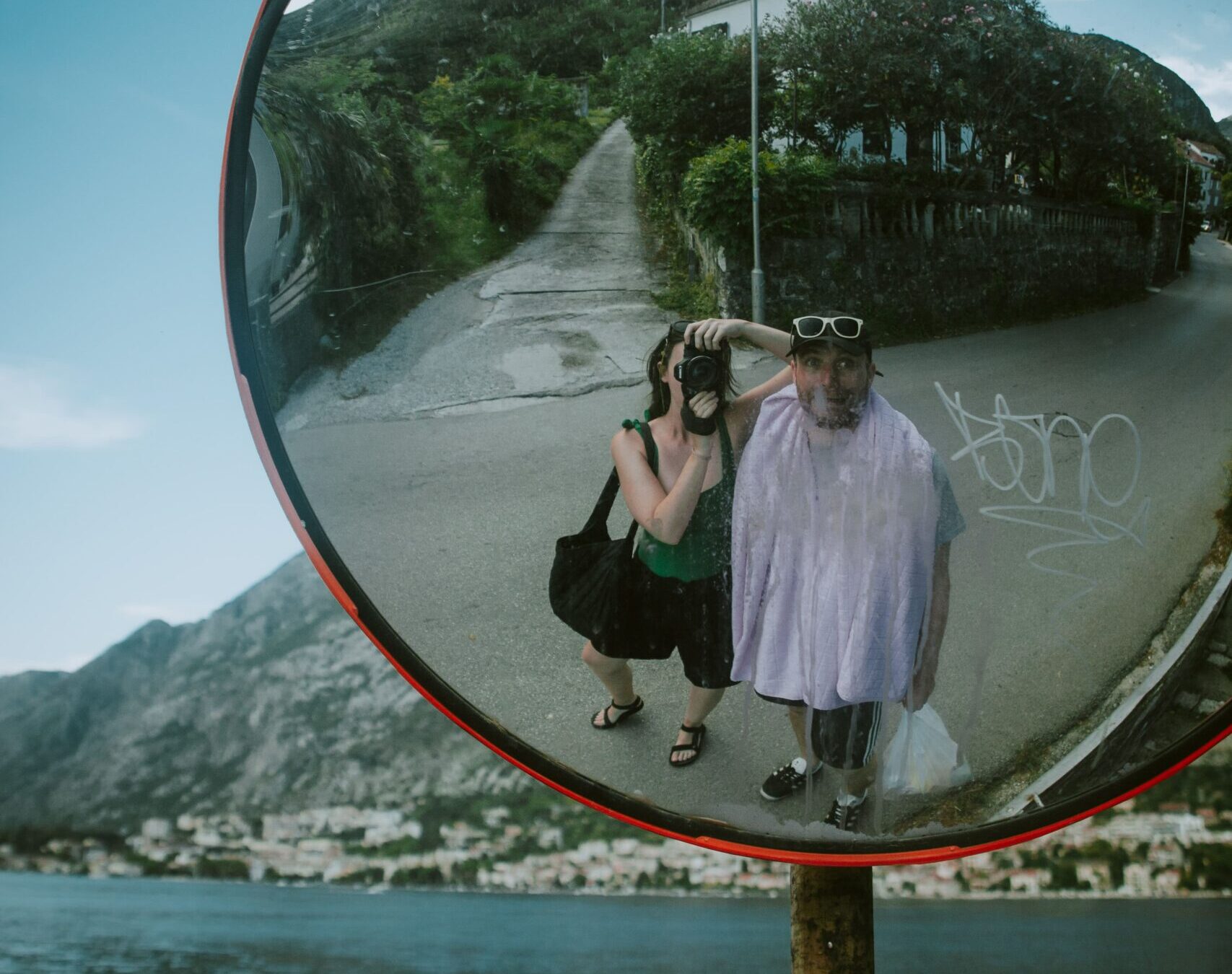
Getting creative with my Canon 5D in Kotor, Montenegro
What is the best camera for travel photography?
When you’re new to travel photography, it’s crucial to choose a camera that balances performance and ease of use. Even if you’re not new to travel photography, it can still feel like a minefield of trial and error to find the best brand and products.
Now there’s no denying my favour for Fujifilm cameras – my first ever travel camera was a FujiFilm X-T20 (which is still going strong and one I routinely take on my travels – like this shot from Sierra National Forest in California 👇)
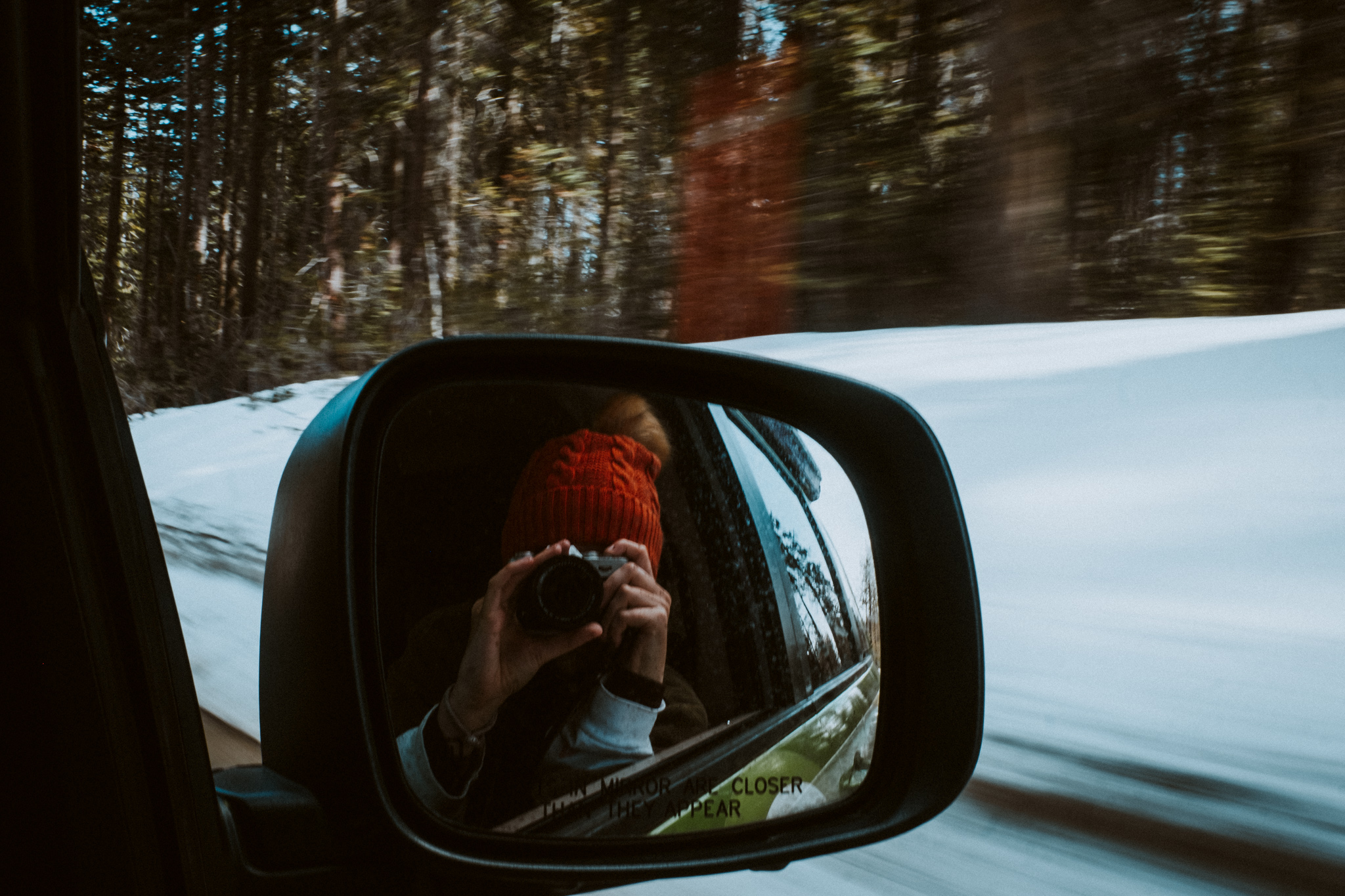
My trusty Fujifilm X-T20 on the road in California
Why the FujiFilm X-T30?
An excellent option for beginners in 2024 is the Fujifilm X-T30. This mirrorless camera offers a compact and lightweight design, making it ideal for travellers. With its impressive image quality, intuitive controls, and a variety of lens options, the Fujifilm X-T30 allows you to capture stunning travel photos without the complexity of a professional-grade camera. The best part is that the Fujifilm kit lenses (the lens that comes with the camera body) are more than good enough for your travel photography needs, and Fujifilm also have a comprehensive range of lenses to add to your collection (I personally love the Fujifilm XF 35mm f/1.4 R lens for travel photography as 35mm is a the closest depiction of what we see with our eyes).
Learn more about the Fujifilm X-T30 here.
Fujifilm affectionately dubs the X-T30 as the “Little Giant,” and it gracefully incorporates many of the exceptional features found in its pricier counterpart, the X-T3.
If you’re on a budget you can grab a secondhand Fujifilm X-T30 from MPB. I get most of my photography gear from here and it’s still excellent quality.
If you’re new to photography, understanding the 35mm aspect refers to the lens’s field of view, which is fixed for prime lenses, unlike zoom lenses. 35mm on a Fujifilm is equivalent to a 50mm lens on a full-frame system like Nikon or Canon, a classic and versatile field of view that makes subjects look great.
While the Fuji 35mm f1.4 lens isn’t the cheapest option, it’s relatively affordable for a flagship lens, and works perfectly with the Fujifilm X-T30.
Buy Fujifilm X35 mm F1.4 R Lens on Amazon for £500
Check secondhand availability for Fujifilm X35mm F1.4 R Lens on MPB
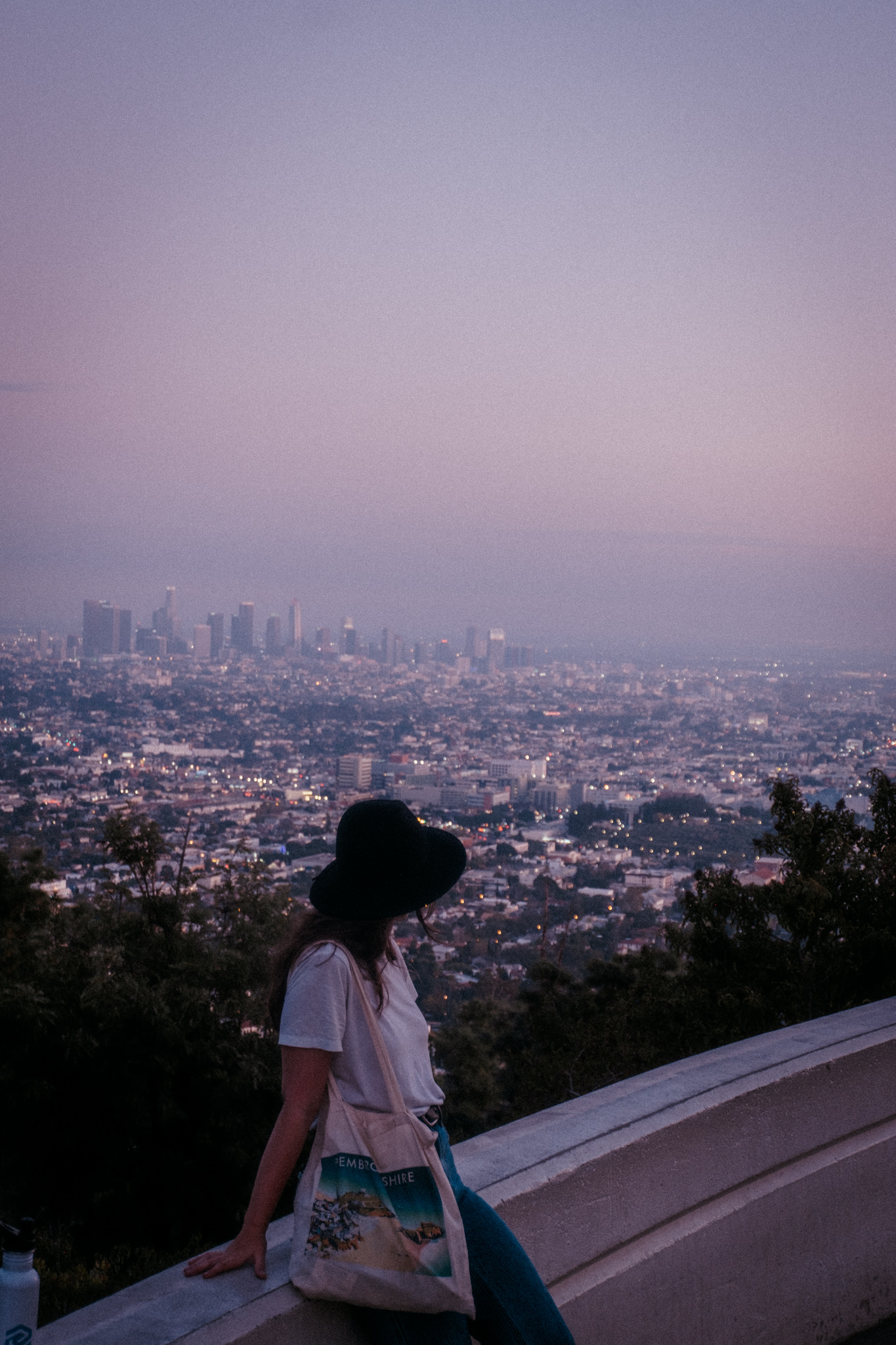
Griffith Observatory, LA. Taken with a Fujifilm X-T20
Pros and Cons of the Fujifilm X-T30
Pros
- Excellent image quality
- Powerful and effective autofocus
- Traditional exposure controls
- 100% phase detect AF coverage
- Nice 4K video
- Great build quality
- Superb value for money
Cons
- No in-body stabilization
- Placement of Q button
- No articulating screen
- Standard carry-a-spare mirrorless battery life
- 0.62x EVF magnification
- Grip not ideal for larger lenses
What about digital cameras?
Is it worth getting a digital camera for travel photography? For budget-conscious travellers and those seeking simplicity, point-and-shoot cameras are a compelling choice. These compact cameras are designed for ease of use, making them perfect for capturing travel moments without the need for extensive technical knowledge. Will a digital camera be the best camera for travel photography? Personally, I’d say no. However, there are standout options in the category that can really enhance your photography to new heights. One standout option in this category is the Canon Powershot G7 X.
Canon Powershot G7 X
The Canon G7X Mark II, despite its compact size, offers extensive controls, making it suitable for experienced travel photographers who want portability and beginners looking to learn travel photography without the bulk of larger cameras. The image quality is excellent for a compact camera, surpassing typical compact and smartphone cameras. It performs well in various shooting situations and provides impressive dynamic range, especially when shooting in RAW and processing with software like Lightroom.
Built-in Wi-Fi simplifies image transfer to other devices and allows remote control via Android or iOS smartphones. Setting up and using the Wi-Fi connection is straightforward, making it quick and convenient for sharing and remote shooting.
Priced at around £600, the Canon G7X Mark II offers a reliable and enjoyable user experience, suitable for a range of users, including travel photographers seeking better without a bulky camera. You can also get excellent quality second-hand Canon G7X cameras from MPB if you’re on a budget.
Buy Canon G7X Mark II from Amazon
Pros and Cons of Using Digital Cameras
Pros
- Affordable and budget-friendly
- Some are waterproof
- Longer zooms
- Compact and portable
- Better quality than smartphones
Cons
- Limited control over image
- Not professional-grade quality:
- Fixed, non-interchangable lenses
- Editing options are limited
- Slower focusing speeds
- Shorter battery lives
When to Consider Mirrorless or DSLR Cameras
While digital cameras, including point-and-shoot models, have their advantages, they may not satisfy the needs of photographers looking to take their craft to the next level. For those seeking professional-grade quality and more extensive creative control, Mirrorless or DSLR cameras like the Canon EOS 5D or the Fujifilm X-T30, mentioned earlier, are highly recommended.
Action Cams for Travel Photography
Action cameras like the DJI Osmo and GoPro’s offer unique advantages for travellers. They are small, rugged, and designed for capturing adventure footage. If you’re into activities like snorkeling, hiking, or biking, action cams can provide exciting first-person perspectives that digital cameras may struggle to achieve.
The worth of getting a digital camera for travel photography depends on your preferences and travel style. For those on a budget or seeking simplicity, point-and-shoot digital cameras are a valuable choice. However, it’s important to recognize their limitations compared to professional-grade Mirrorless or DSLR cameras.
If you want a small companion to your larger camera, I would recommend getting an action cam like the GoPro Hero 11 or the DJI Osmo instead.
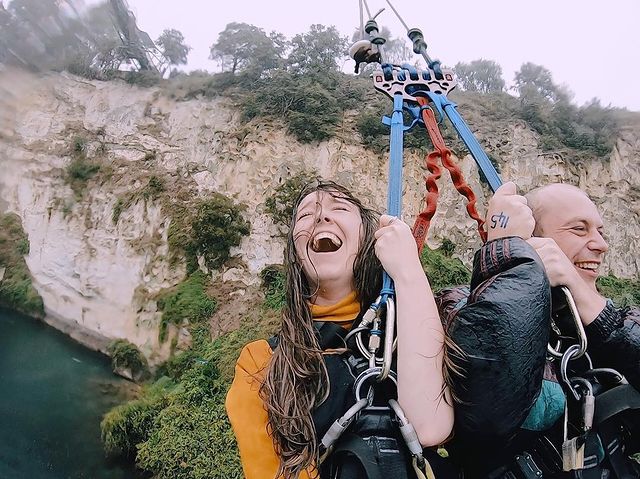
Taken on a GoPro action cam
If you’re thinking about action cams, I’ve broken down all my favourite and the best GoPro’s for travel in this post.
What is the best DSLR camera for travel photography?
When it comes to capturing great travel moments, DSLR (‘Digital Single-Lens Reflex’) cameras have long been a fave among professional photographers and enthusiasts. They offer a unique blend of high image quality, versatility, and control that can elevate your travel photography to new heights. I recently invested in a DSLR and took it along on my trip to the Adriatic and Ionian Coasts and my travel photography hit new levels of professional.
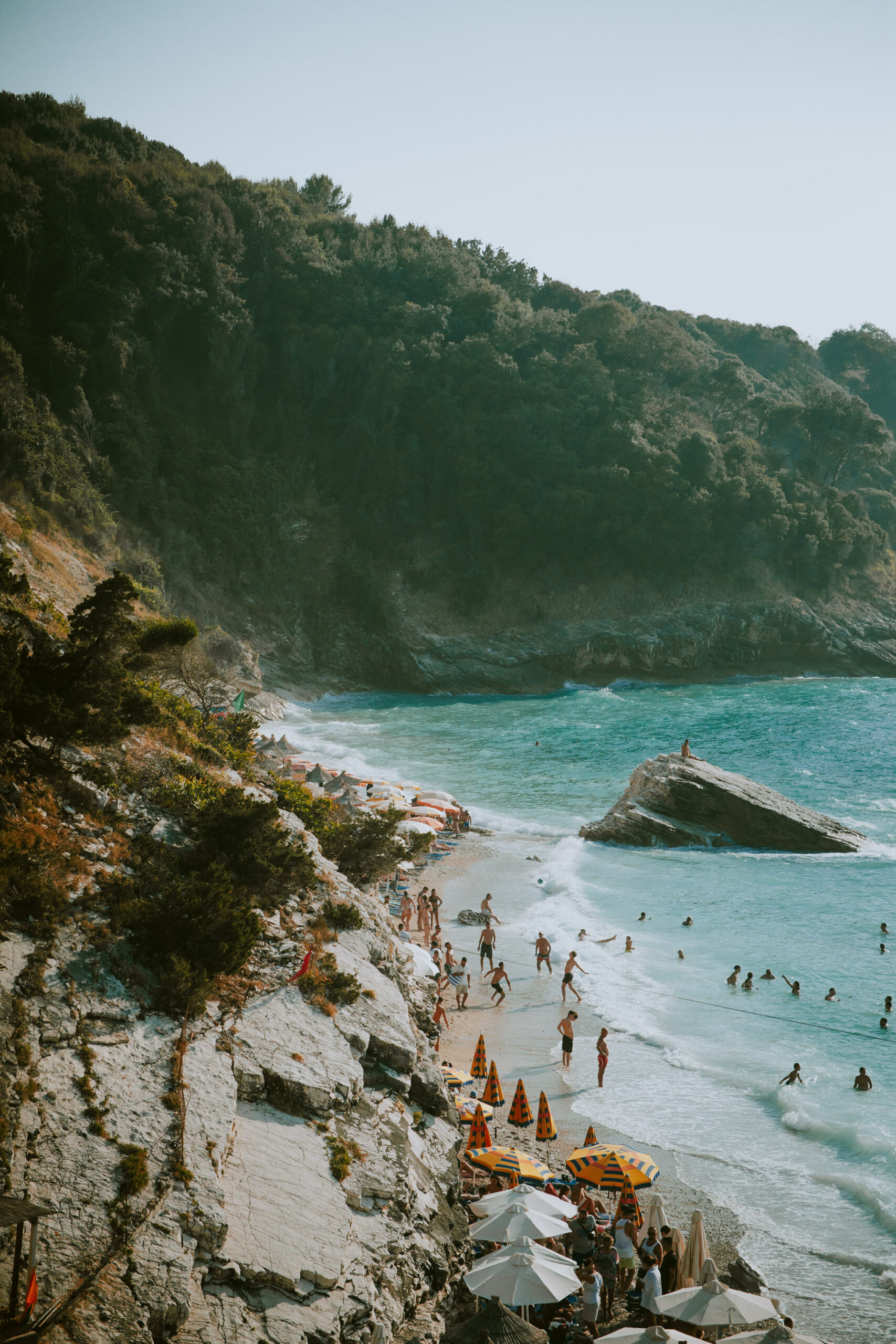
This image I took of Ksamil in Albania was taken on a Canon EOD 5D Mark ii DSLR
Understanding DSLR Cameras
DSLR cameras have a special mirror inside that helps you see exactly what you’re going to photograph. This mirror is why you hear a “click” sound when you take a picture with a DSLR. Some other cameras, called mirrorless cameras, don’t have this mirror. This makes them smaller and quieter.
Canon EOS 5D Mark IV
For travel photographers seeking the pinnacle of DSLR performance, the Canon EOS 5D Mark IV stands out as an exceptional choice. This full-frame DSLR boasts a 30.4-megapixel sensor, delivering stunning image quality and exceptional low-light performance. The Canon EOS 5D Mark IV also offers a broad range of compatible lenses, providing versatility to capture everything from sweeping landscapes to intimate street portraits.
Pros and Cons of Using DSLR Cameras
Pros
- Great image quality
- Interchangeable lenses
- Wide selection of lenses and accessories – Canon actually have one of the most comprehensive ranges of lenses and my favourite is the 50mm or “nifty fifty”.
- Full manual controls
- Excellent battery life – I took mine on a two week trip and only recharged once
- Professional appearance.
Cons
- Size and weight:
- Higher cost
- Learning curve – using DSLRs require steeper understanding of functions and may require practice.
- Noticeability – size and appearance makes you more conspicuous.
In conclusion, DSLR cameras like the Canon EOS 5D Mark IV offer an unmatched level of image quality and versatility for travel photographers. They are well-suited for those who prioritise creative control and are willing to invest in their photography equipment. However, it’s essential to consider the size, weight, and learning curve associated with DSLRs when making your choice. Ultimately, the best camera for travel photography is the one that aligns with your unique preferences and travel style.


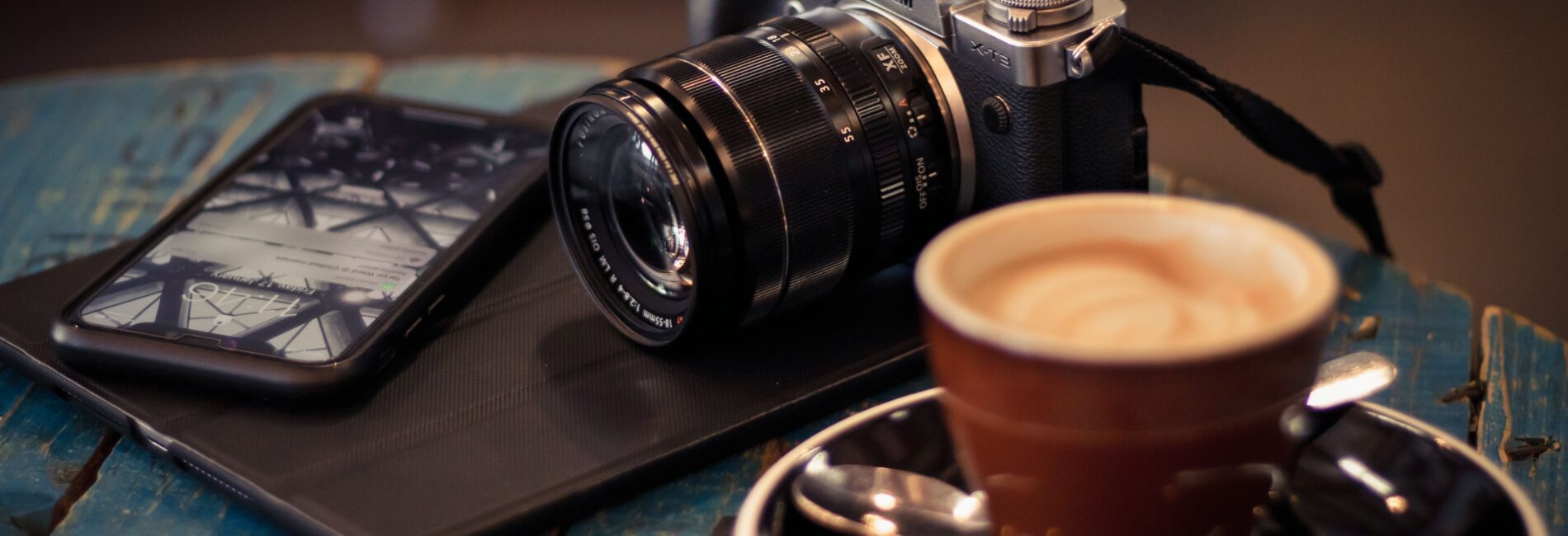
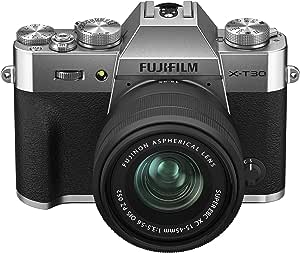
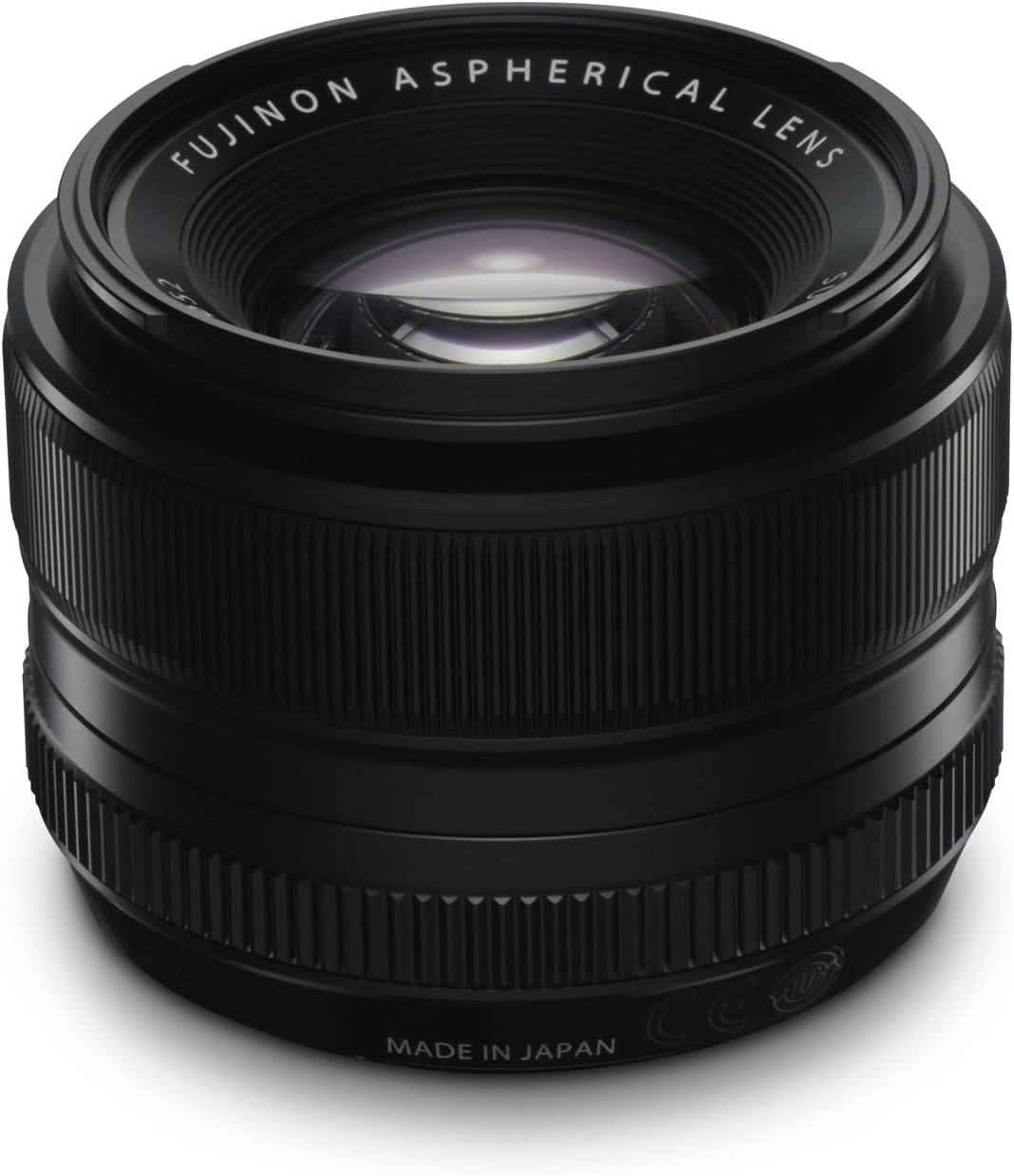
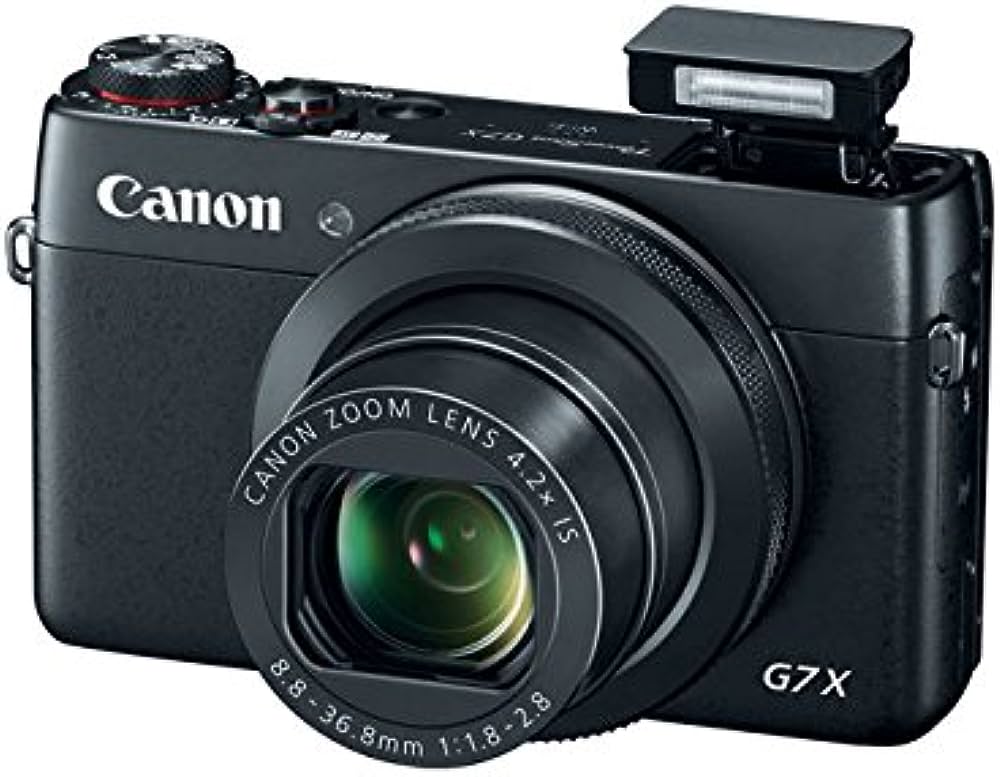
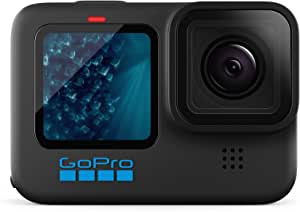
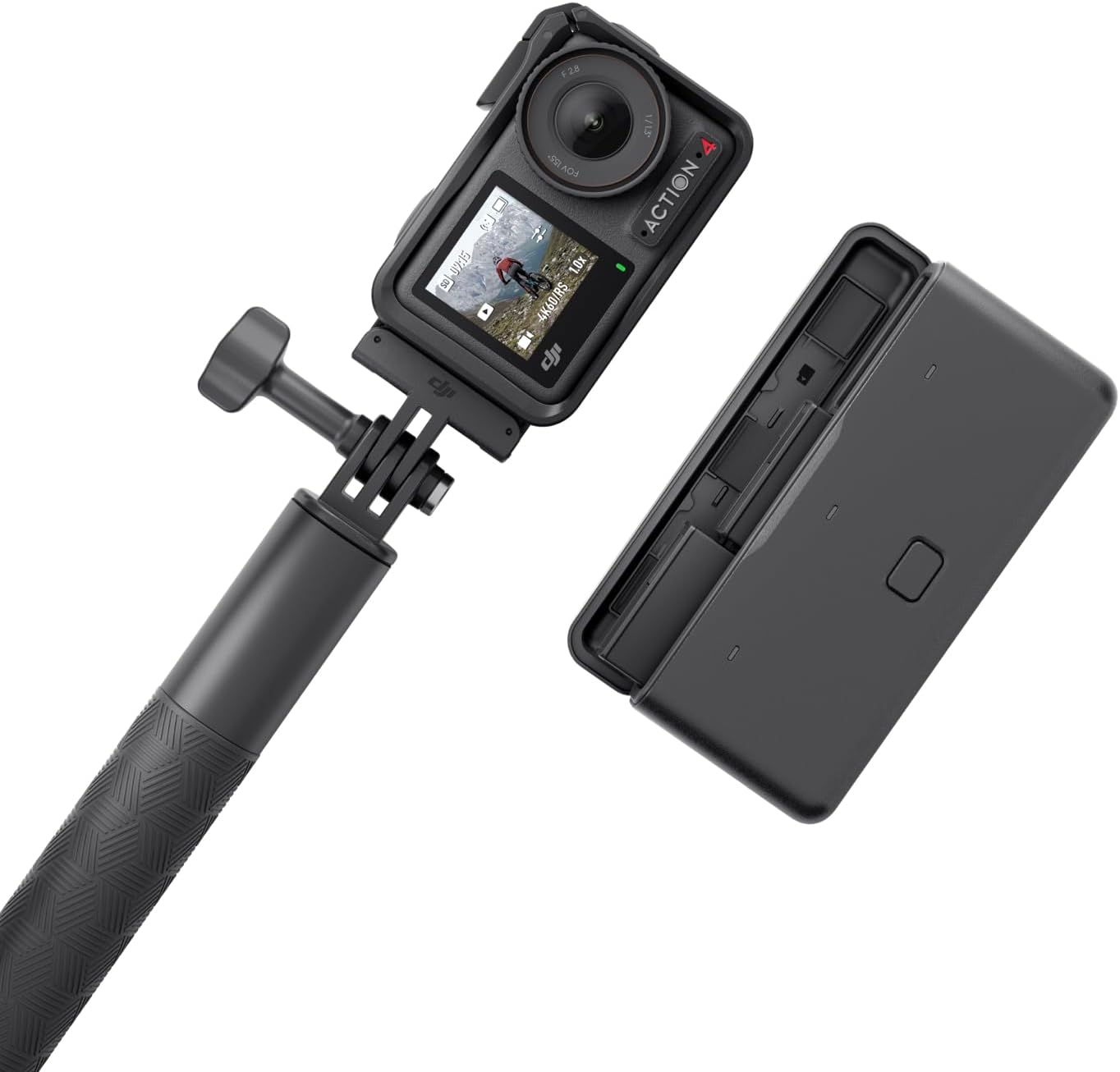
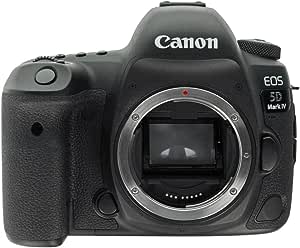


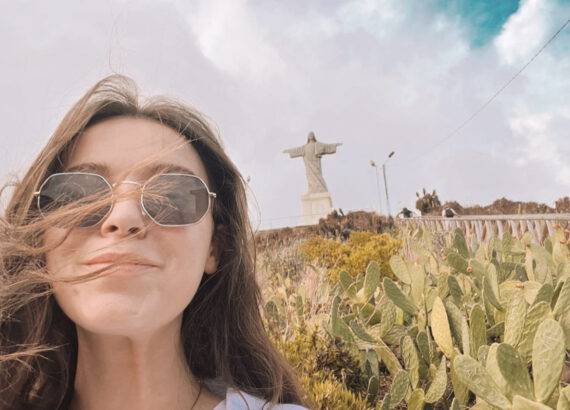












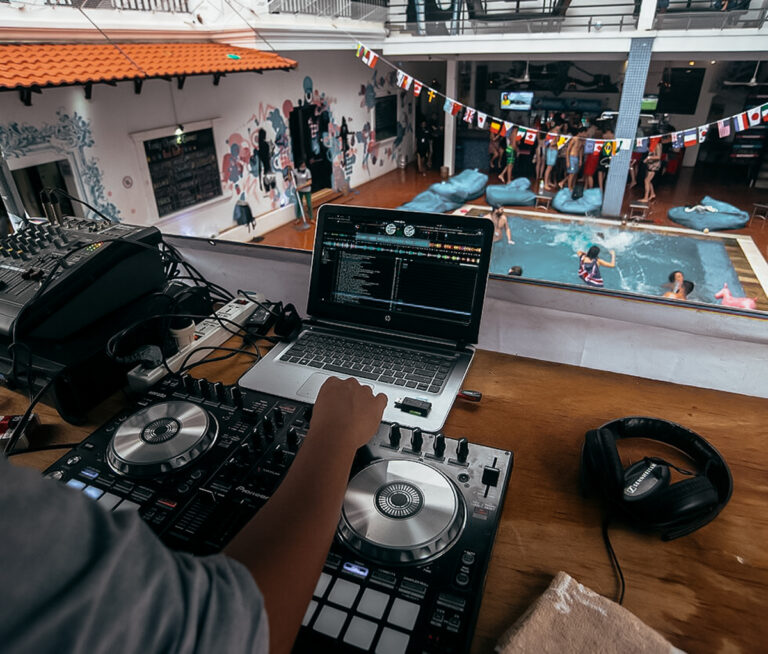





Dave Dunsit
Been looking at getting a new camera for ages and I found this really helpful. Think I’m going to by the Canon Powershot G7 X. Can’t wait to take some pics with it!